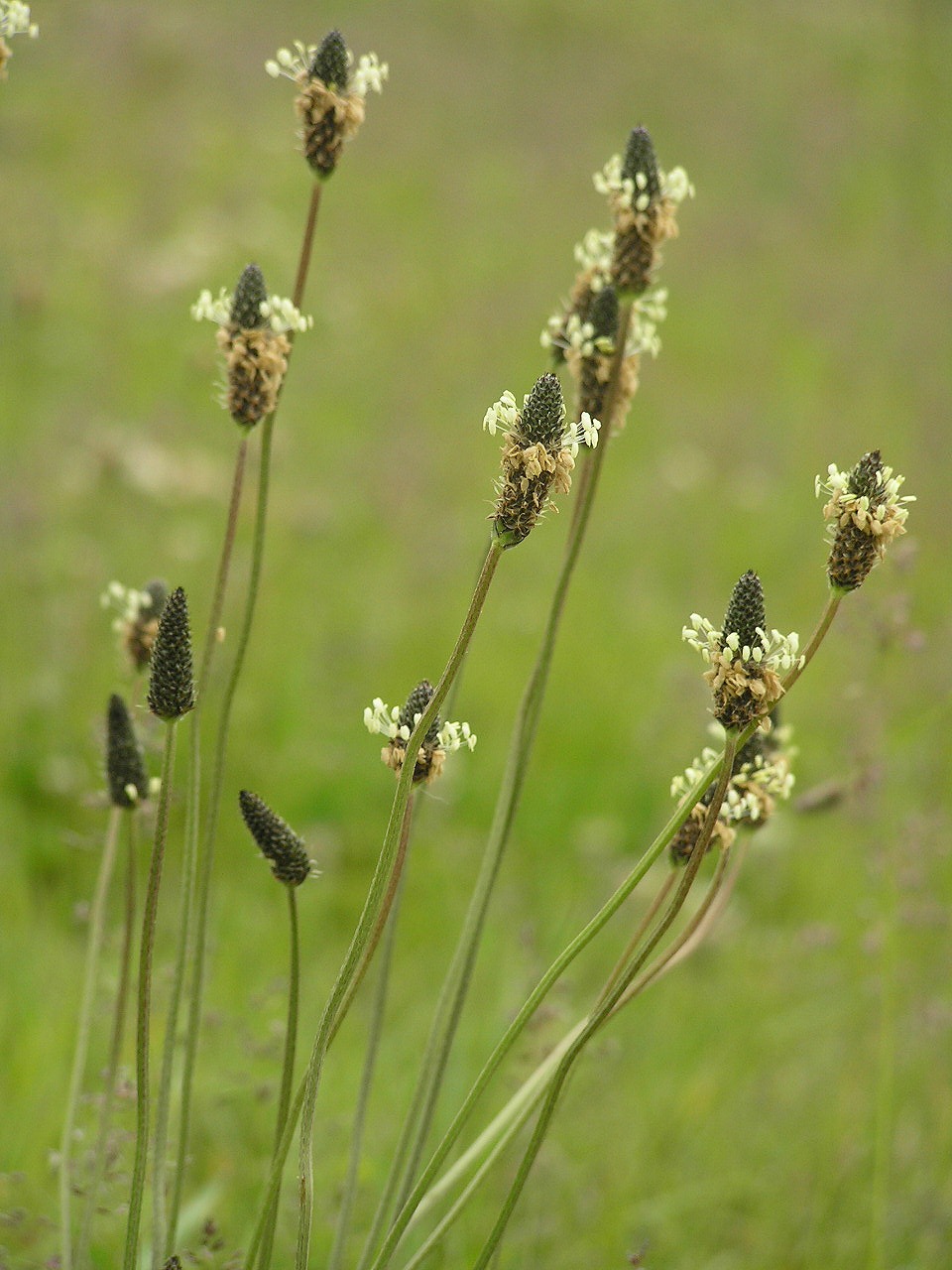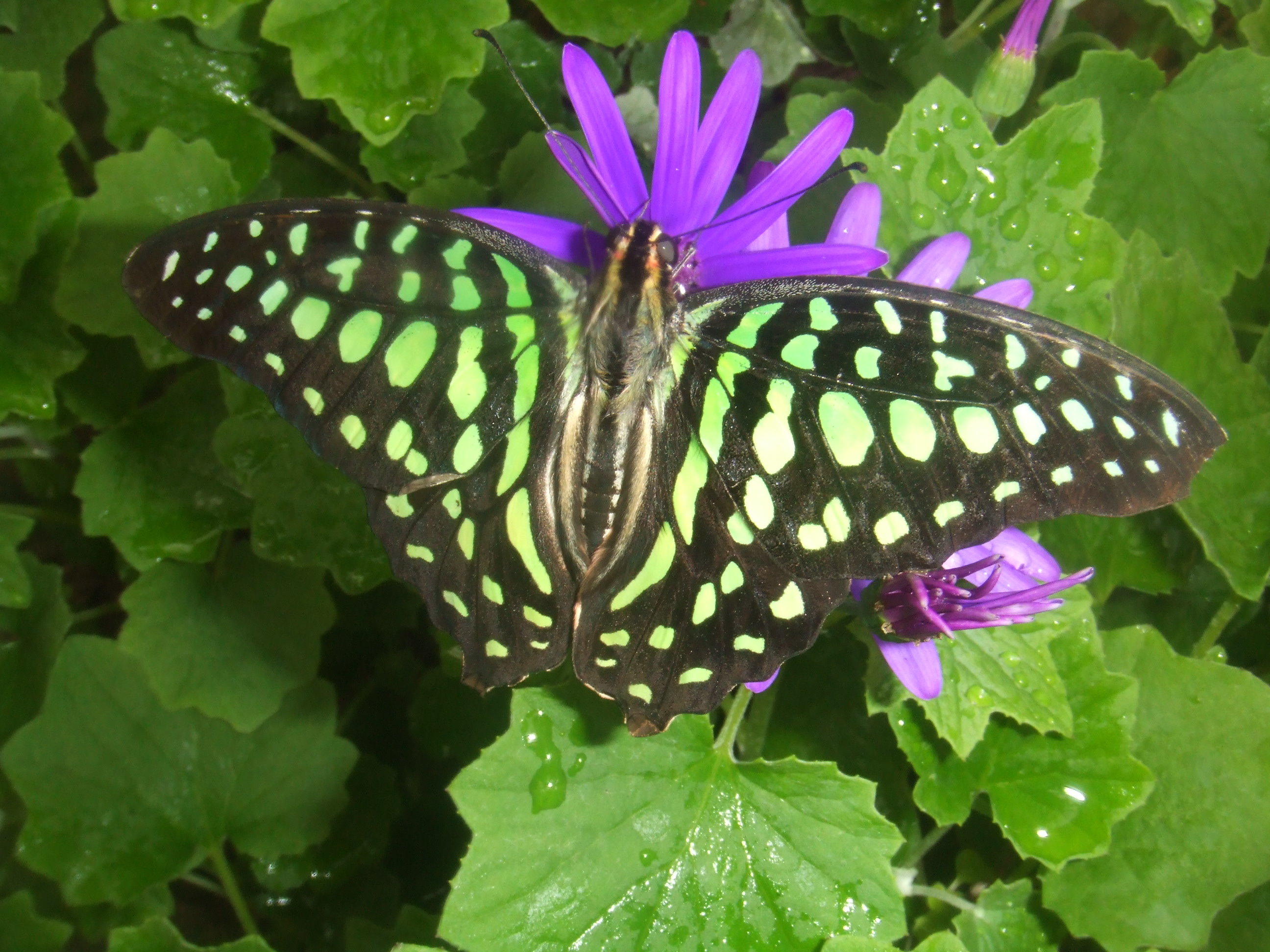|
Coscinia Cribraria
''Coscinia cribraria'', the speckled footman, is a moth of the family Erebidae. The species was first described by Carl Linnaeus in his 1758 10th edition of ''Systema Naturae''. It is found in Europe except the most northern parts; also in north-western Africa, Kazakhstan, Siberia, Mongolia, north-western and north-eastern China. The wingspan is 30–35 mm. The moth flies from July to August depending on the location. The larvae feed on various herbaceous plants, including ''Festuca'', ''Calluna vulgaris ''Calluna vulgaris'', common heather, ling, or simply heather, is the sole species in the genus ''Calluna'' in the flowering plant family Ericaceae. It is a low-growing evergreen shrub growing to tall, or rarely to and taller, and is found wid ...'' and '' Plantago lanceolata''. External links *''Moths and Butterflies of Europe and North Africa'' [...More Info...] [...Related Items...] OR: [Wikipedia] [Google] [Baidu] |
Carl Linnaeus
Carl Linnaeus (; 23 May 1707 – 10 January 1778), also known after his ennoblement in 1761 as Carl von Linné Blunt (2004), p. 171. (), was a Swedish botanist, zoologist, taxonomist, and physician who formalised binomial nomenclature, the modern system of naming organisms. He is known as the "father of modern taxonomy". Many of his writings were in Latin; his name is rendered in Latin as and, after his 1761 ennoblement, as . Linnaeus was born in Råshult, the countryside of Småland, in southern Sweden. He received most of his higher education at Uppsala University and began giving lectures in botany there in 1730. He lived abroad between 1735 and 1738, where he studied and also published the first edition of his ' in the Netherlands. He then returned to Sweden where he became professor of medicine and botany at Uppsala. In the 1740s, he was sent on several journeys through Sweden to find and classify plants and animals. In the 1750s and 1760s, he continued to collect an ... [...More Info...] [...Related Items...] OR: [Wikipedia] [Google] [Baidu] |
Moths Of Europe
Moths are a paraphyletic group of insects that includes all members of the order Lepidoptera that are not butterflies, with moths making up the vast majority of the order. There are thought to be approximately 160,000 species of moth, many of which have yet to be described. Most species of moth are nocturnal, but there are also crepuscular and diurnal species. Differences between butterflies and moths While the butterflies form a monophyletic group, the moths, comprising the rest of the Lepidoptera, do not. Many attempts have been made to group the superfamilies of the Lepidoptera into natural groups, most of which fail because one of the two groups is not monophyletic: Microlepidoptera and Macrolepidoptera, Heterocera and Rhopalocera, Jugatae and Frenatae, Monotrysia and Ditrysia.Scoble, MJ 1995. The Lepidoptera: Form, function and diversity. Oxford, UK: Oxford University Press; 404 p. Although the rules for distinguishing moths from butterflies are not well establis ... [...More Info...] [...Related Items...] OR: [Wikipedia] [Google] [Baidu] |
Moths Described In 1758
Moths are a paraphyletic group of insects that includes all members of the order Lepidoptera that are not butterflies, with moths making up the vast majority of the order. There are thought to be approximately 160,000 species of moth, many of which have yet to be described. Most species of moth are nocturnal, but there are also crepuscular and diurnal species. Differences between butterflies and moths While the butterflies form a monophyletic group, the moths, comprising the rest of the Lepidoptera, do not. Many attempts have been made to group the superfamilies of the Lepidoptera into natural groups, most of which fail because one of the two groups is not monophyletic: Microlepidoptera and Macrolepidoptera, Heterocera and Rhopalocera, Jugatae and Frenatae, Monotrysia and Ditrysia.Scoble, MJ 1995. The Lepidoptera: Form, function and diversity. Oxford, UK: Oxford University Press; 404 p. Although the rules for distinguishing moths from butterflies are not well establish ... [...More Info...] [...Related Items...] OR: [Wikipedia] [Google] [Baidu] |
Callimorphina
The Callimorphina are a subtribe of woolly bear moths in the family Erebidae. The subtribe was described by Francis Walker in 1865. Many of these moths are easily confused with butterflies, being quite brightly colored and somewhat diurnal. Their antennae are not thickened into "clubs", which is a typical characteristic of butterflies. Taxonomy The subtribe was previously classified as a tribe of the former family Arctiidae. Genera This list of genera in the subtribe were outlined by Michelle A. DaCosta and Susan J. WellerDaCosta MA, Weller SJ (2005) Phylogeny and classification of Callimorphini (Lepidoptera: Arctiidae: Arctiinae). ''Zootaxa'' 1025:1-94 and by Vladimir Viktorovitch Dubatolov.Dubatolov VV (2006): Cladogenesis of tiger-moths of the subfamily Arctiinae: development of a cladogenetic model of the tribe Callimorphini (Lepidoptera, Arctiidae) by the SYNAP method. ''Euroasian Entomological Journal'' 5(2):95-104 (in Russian) *''Aglaomorpha'' *'' Axiopoena'' *'' Cal ... [...More Info...] [...Related Items...] OR: [Wikipedia] [Google] [Baidu] |
Plantago Lanceolata
''Plantago lanceolata'' is a species of flowering plant in the plantain family Plantaginaceae. It is known by the common names ribwort plantain, narrowleaf plantain, English plantain, ribleaf, lamb's tongue, and buckhorn. It is a common weed on cultivated or disturbed land. Description The plant is a rosette-forming perennial herb, with leafless, silky, hairy flower stems (). The basal leaves are lanceolate spreading or erect, scarcely toothed with 3-5 strong parallel veins narrowed to a short petiole. The flower stalk is deeply furrowed, ending in an ovoid inflorescence of many small flowers each with a pointed bract. Each inflorescence can produce up to two hundred seeds. Flowers are ( calyx green, corolla brownish), 4 bent back lobes with brown midribs and long white stamens. It is native to temperate Eurasia, widespread throughout the British Isles, but scarce on the most acidic soils ( pH < 4.5). It is present and widespread in the Americas and Australia as an |
Calluna Vulgaris
''Calluna vulgaris'', common heather, ling, or simply heather, is the sole species in the genus ''Calluna'' in the flowering plant family Ericaceae. It is a low-growing evergreen shrub growing to tall, or rarely to and taller, and is found widely in Europe and Asia Minor on acidic soils in open sunny situations and in moderate shade. It is the dominant plant in most heathland and moorland in Europe, and in some bog vegetation and acidic pine and oak woodland. It is tolerant of grazing and regenerates following occasional burning, and is often managed in nature reserves and grouse moors by sheep or cattle grazing, and also by light burning. ''Calluna'' was separated from the closely related genus ''Erica'' by Richard Anthony Salisbury, who devised the generic name ''Calluna'' probably from the Ancient Greek (), "beautify, sweep clean", in reference to its traditional use in besoms. The specific epithet ''vulgaris'' is Latin for 'common'. ''Calluna'' is differentiated from ... [...More Info...] [...Related Items...] OR: [Wikipedia] [Google] [Baidu] |
Festuca
''Festuca'' (fescue) is a genus of flowering plants belonging to the grass family Poaceae (subfamily Pooideae). They are evergreen or herbaceous perennial tufted grasses with a height range of and a cosmopolitan distribution, occurring on every continent except Antarctica. The genus is closely related to ryegrass (''Lolium''), and recent evidence from phylogenetic studies using DNA sequencing of plant mitochondrial DNA shows that the genus lacks monophyly. As a result, plant taxonomists have moved several species, including the forage grasses tall fescue and meadow fescue, from the genus ''Festuca'' into the genus ''Lolium'', or alternatively into the segregate genus ''Schedonorus''. Because the taxonomy is complex, scientists have not determined how many true species belong to the genus, but estimates range from more than 400 to over 640.Darbyshire, S. J. and L. E. Pavlick''Festuca''. Grass Manual. Flora of North America. Fescue pollen is a significant contributor to hay feve ... [...More Info...] [...Related Items...] OR: [Wikipedia] [Google] [Baidu] |
Wingspan
The wingspan (or just span) of a bird or an airplane is the distance from one wingtip to the other wingtip. For example, the Boeing 777–200 has a wingspan of , and a wandering albatross (''Diomedea exulans'') caught in 1965 had a wingspan of , the official record for a living bird. The term wingspan, more technically extent, is also used for other winged animals such as pterosaurs, bats, insects, etc., and other aircraft such as ornithopters. In humans, the term wingspan also refers to the arm span, which is distance between the length from one end of an individual's arms (measured at the fingertips) to the other when raised parallel to the ground at shoulder height at a 90º angle. Former professional basketball player Manute Bol stood at and owned one of the largest wingspans at . Wingspan of aircraft The wingspan of an aircraft is always measured in a straight line, from wingtip to wingtip, independently of wing shape or sweep. Implications for aircraft design and anima ... [...More Info...] [...Related Items...] OR: [Wikipedia] [Google] [Baidu] |
Arctiidae - Coscinia Cribraria
The Arctiinae (formerly called the family Arctiidae) are a large and diverse subfamily of moths with around 11,000 species found all over the world, including 6,000 neotropical species.Scoble, MJ. (1995). ''The Lepidoptera: Form, Function and Diversity''. Second ed. Oxford University Press. This subfamily includes the groups commonly known as tiger moths (or tigers), which usually have bright colours, footmen, which are usually much drabber, lichen moths, and wasp moths. Many species have "hairy" caterpillars that are popularly known as woolly bears or woolly worms. The scientific name Arctiinae refers to this hairiness (Gk. αρκτος = a bear). Some species within the Arctiinae have the word "tussock"' in their common names because they have been misidentified as members of the Lymantriinae subfamily based on the characteristics of the larvae. Taxonomy The subfamily was previously classified as the family Arctiidae of the superfamily Noctuoidea and is a monophyletic group. ... [...More Info...] [...Related Items...] OR: [Wikipedia] [Google] [Baidu] |
Lepidoptera In The 10th Edition Of Systema Naturae
In the 10th edition of ''Systema Naturae'', Carl Linnaeus classified the arthropods, including insects, arachnids and crustaceans, among his class "Insecta". Butterflies and moths were brought together under the name Lepidoptera. Linnaeus divided the group into three genera – ''Papilio'', ''Sphinx'' and ''Phalaena''. The first two, together with the seven subdivisions of the third, are now used as the basis for nine superfamily names: Papilionoidea, Sphingoidea, Bombycoidea, Noctuoidea, Geometroidea, Tortricoidea, Pyraloidea, Tineoidea and Alucitoidea. Themes When naming the nearly 200 species of butterflies known to him at the time, Linnaeus used names from classical mythology as specific names. These were thematically arranged into six groups, and were drawn from classical sources including the ''Fabulae'' of Gaius Julius Hyginus and Pliny the Elder's ''Naturalis Historia''. The first such group was the ''Equites'', or knights, which were divided into the ''Equites Trojani'' ... [...More Info...] [...Related Items...] OR: [Wikipedia] [Google] [Baidu] |
China
China, officially the People's Republic of China (PRC), is a country in East Asia. It is the world's most populous country, with a population exceeding 1.4 billion, slightly ahead of India. China spans the equivalent of five time zones and borders fourteen countries by land, the most of any country in the world, tied with Russia. Covering an area of approximately , it is the world's third largest country by total land area. The country consists of 22 provinces, five autonomous regions, four municipalities, and two Special Administrative Regions (Hong Kong and Macau). The national capital is Beijing, and the most populous city and financial center is Shanghai. Modern Chinese trace their origins to a cradle of civilization in the fertile basin of the Yellow River in the North China Plain. The semi-legendary Xia dynasty in the 21st century BCE and the well-attested Shang and Zhou dynasties developed a bureaucratic political system to serve hereditary monarchies, or dyna ... [...More Info...] [...Related Items...] OR: [Wikipedia] [Google] [Baidu] |






